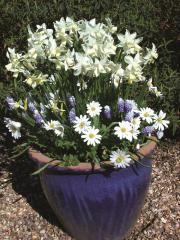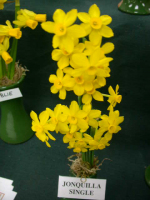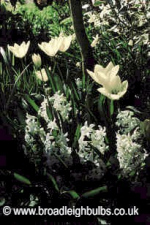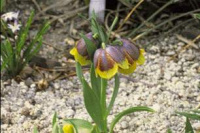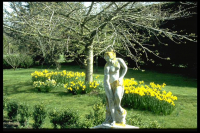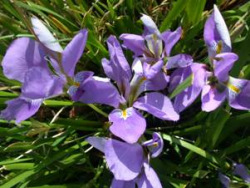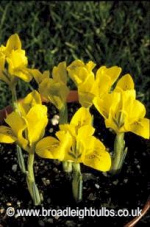 I have lived in Somerset for 40 years and my regular coastal walks have been punctuated by the tempting sight of Lundy Island peeping through the sea mist and each time I saw it I made a promise to visit it. Thus it was that one sunny day at the end of April 2011 we finally took the 2 hour boat trip to see the puffins. Sadly it was still too early for them but we had an excellent walk clockwise round the island. As we made the return leg down the more sheltered east side back to the ferry we passed through the long uninhabited hamlet of Quarry Cottages –little more than a few walls, perched on the top of the 400 ft cliffs. Continue reading
I have lived in Somerset for 40 years and my regular coastal walks have been punctuated by the tempting sight of Lundy Island peeping through the sea mist and each time I saw it I made a promise to visit it. Thus it was that one sunny day at the end of April 2011 we finally took the 2 hour boat trip to see the puffins. Sadly it was still too early for them but we had an excellent walk clockwise round the island. As we made the return leg down the more sheltered east side back to the ferry we passed through the long uninhabited hamlet of Quarry Cottages –little more than a few walls, perched on the top of the 400 ft cliffs. Continue reading
Autumn 2022 Catalogue
Please click here to visit the online shop or order a paper copy from the catalogue page.

